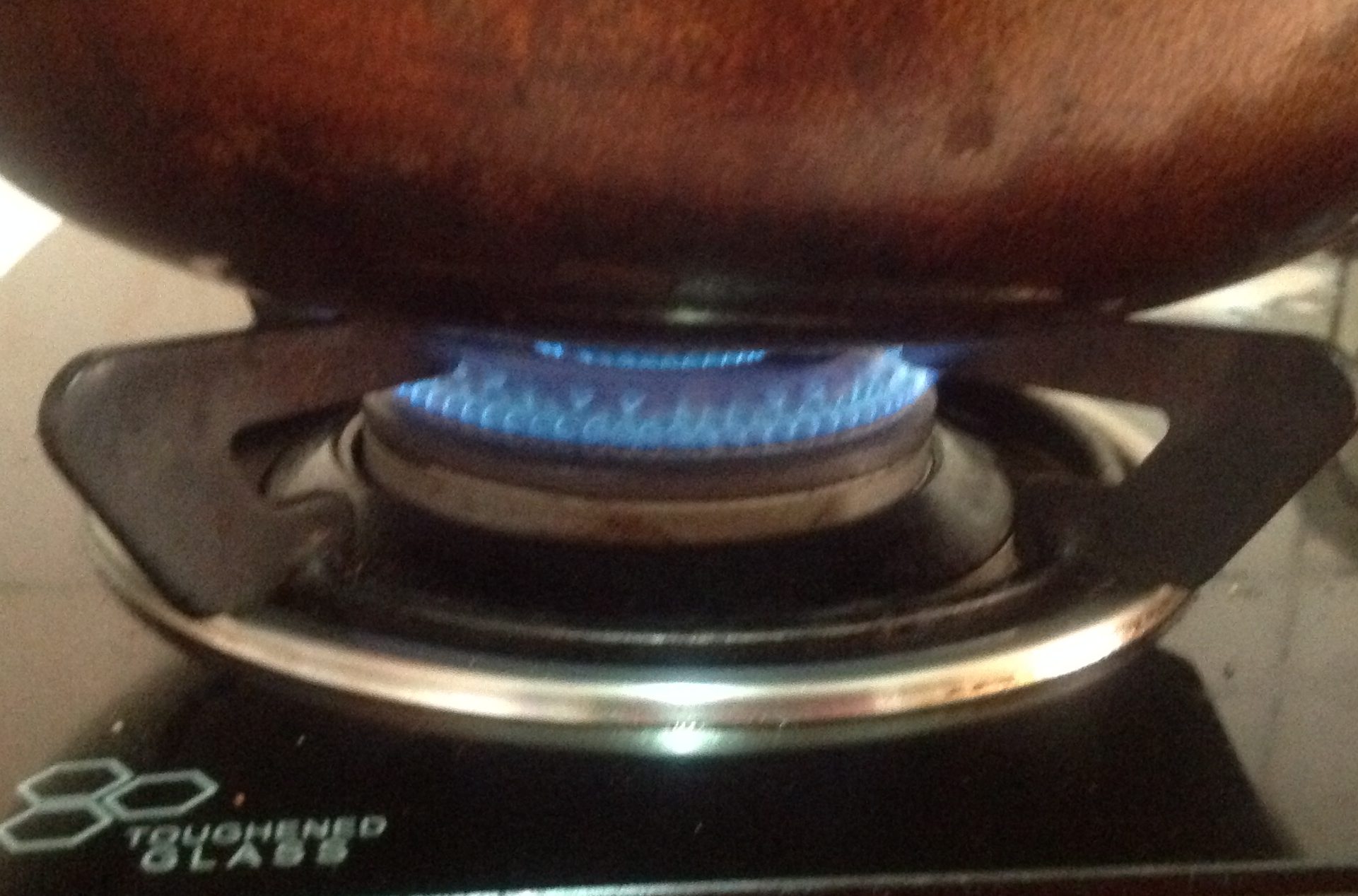Slow cooking or Low temperature cooking is popularly attached with good taste. Often we hear about Dal Makhani recipes, from popular restaurants, that are cooked over night. Or a Dum Biryani recipe that is cooked in low flame for hours at stretch. Even good mutton that is cooked for hours at low temperature. So what is it that makes slow cooking or low temperature cooking good. What are the benefits of low heat cooking?
We are talking about 2 things here:
- Low temperature cooking, which eventually will lead to slow cooking. Low temperature cooking is generally referred to cooking between 45°-85°C, well below the boiling point of water.
- Slow cooking even when heat is not involved. Like soaking, marinating or fermentation. Adding more water will not soak the Rajma faster or adding more marinate masala will not make the paneer tikka spicy faster. Neither will adding more yeast make the fermentation process faster. All the additional ingredients might just spoil the whole food. If a baby takes 9months, it does, nothing can make that faster. So is nature. Yes, an occasional change of ingredients might help, like soaking Rajma in luke warm water makes the soaking faster but that comes at a cost of nutrition or even taste.
What are the advantages of low temperature cooking. Is it healthy? Does it taste better?
- Retains natural oils and moisture of the food. When food is cooked at low temperature the oil and and moisture secreted by the food is not destroyed. Say incase of meat, the oil secreted by the meat while cooking can help cook it without adding much oil externally. In juice secreting vegetables, such as gourds, tomatoes etc., the moisture of the vegetable itself helps it cook better. This helps retain the natural flavor and aroma of the food. This theory is also used for making some massage oils from herbs in Ayurveda.
- Retains nutritional value of the food. This is most important for everyday food. Some proteins and vitamin compounds break at high temperatures, low temperature cooking helps retain these nutrients.
- Heat dissipates to the inside before burning the outside. For good cooking it is important that heat spreads evenly to all parts. When placing food in a pre-heated hot pan you will notice how the surface instantly becomes dark brown or black. In such case the surface of the food has already burnt but the inside is still raw. Each food material has its own heat conducting capability. Providing more heat on the outside may not mean that the material is able to dissipate that to the inside as quickly. This is true not only for heat cooking but for marination and fermentation as well. The taste is enhanced by the respective chemical reactions, that need a minimum threshold time.
- Lesser chances of cancer. Somehow, everything on the internet that talks about health hazards does lead to cancer, so does this one. High temperature cooking creates a chemical called Acrylamide in the food. Without getting into details, what you need to understand is that high amount of acrylamide in diet can cause cancer. You might want to Google this more.
So why do some restaurants make food at high temperature with lots of oil? As discussed above, high temperature take less cooking time and time is of essence to restaurants. Most will not care about nutritional value of food. The additional oil and spices make up for the loss of natural taste and flavor of the original food.
So cook slow, cook well.

1 Pingback